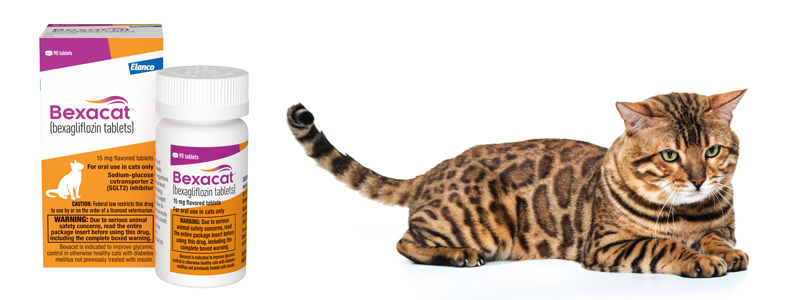BY: SAMANTHA BARTLETT, DVM
Veterinary medicine is continuing to advance and new, state-of-the-art treatment options are becoming more available to veterinary clients through specialty hospitals and general practitioners. New advances lead to new and specialized equipment and medications, increasing the overall cost of veterinary care. In 2016, the Access to Veterinary Care Coalition (AVCC) was formed and conducted a study with the help of The University of Tennessee’s Colleges of Social Work and College of Veterinary Medicine along with funding by Maddie’s Fund, to identify barriers to veterinary care among American households and strategies used by veterinary care providers to overcome those barriers.
While over 80% of pet owners consider their pets to be part of the family, 98% of veterinarians surveyed reported they had at least one case in the past year where finances were a barrier to receiving care. Currently veterinary medicine operates under a premise of standard of care, which is the minimum level of care to be provided. Best practice is referred to as gold standard of care. If only the most advanced treatment options for a pet’s condition are offered, many pets will suffer with no treatment at all due to financial constraints, leaving owners feeling guilty because they could not provide care for their pet and resentment toward the veterinarian whom they may feel is “only in it for the money.”
Recent discussions have involved a spectrum of care instead of a minimum standard of care. This allows to veterinarians to have discussions with clients and tailor care for the patient based on what is best for each individual client’s situation. The key to spectrum of care approach is to have thorough discussions about what each decision means and maintaining communication throughout treatment and follow-up. Veterinary responsibilities include discussing advantages, disadvantages and likely outcomes for each treatment option as well as associated costs and follow-up therapies and testing.
Barriers to following a spectrum of care approach by veterinarians include fear of litigation, poor perception of medical skills by their peers and damage to their reputation among clients and peers.
Spectrum of care does not simply mean offering a lower level of care. Many areas of research are showing that alternative treatment strategies can be just as successful as the current standard of care. An example of a successful alternative treatment strategy that offers a lower cost as well is the Colorado canine parvovirus protocol. Other strategies include discussing costs and risks of performing surgery at a general practitioner clinic versus a specialty clinic and providing the owners with the information they need to make the best decision for them. Good communication between veterinarian and pet owner can reduce the risks of board complaints when a lower standard of care option is pursued. Careful documentation of communication within the medical record also provide defense in the event a board complaint or litigation arises.
More information about barriers to veterinary care can be found on the access to veterinary care coalition website: pphe.utk.edu/access-to-veterinary-care-coalition-avcc/.






